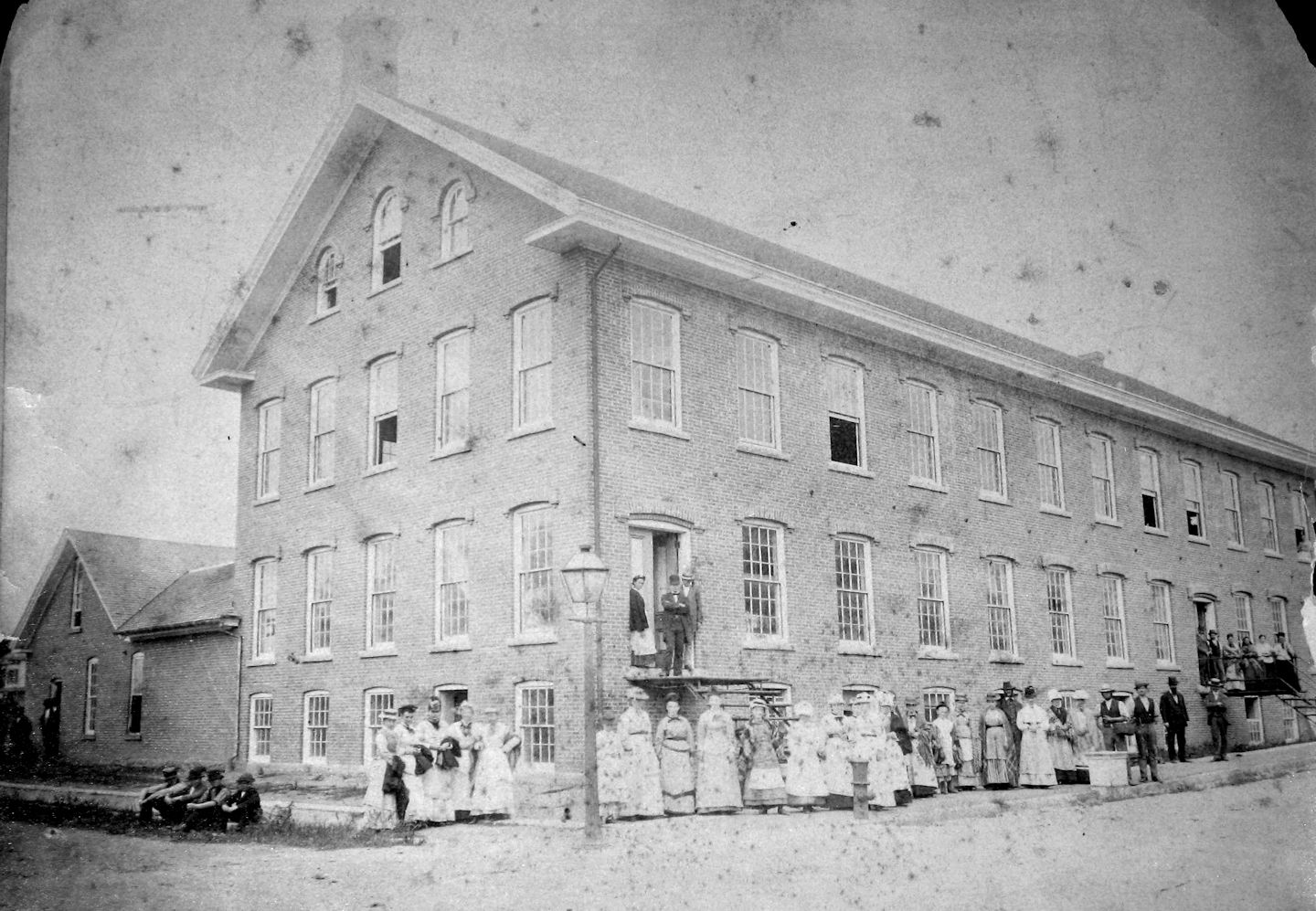|
By Horace A. Smith
In 1856, the Willimantic Gas Light Company built a plant on land west of
the railroad depot. The town’s gas was stored in a large holding tank;
and gas mains distributed it to private houses, stores and streetlights
in the borough, where it was widely used for heating, cooking and
lighting. In 1887 a group of prominent Willimantic businessmen organized
the Willimantic' Electric Light Co., and two years later the same
assemblage purchased the Willimantic Gas Light Co.'s plant, and formed
the Citizens Gas Light Co. They appointed Edward Evans of the Hartford
Gas Light Co. to superintend a renovation program of the old gasworks
that included adopting patented process for manufacturing gas. In ,1891
the borough's gas mains were extended to the rapidly developing hill
section. district, and by 1894 there were 10 miles of gas mains in
Willimantic. Horace A. Smith, former Willimantic resident and now
Professor Emeritus in the Dept. of Physics and Astronomy at Michigan
State University has written an interesting article that highlights the
plant’s relationship to Willimantic’s street lights. This week and for
two weeks after, we’ll share Professor Smith’s article.
“ Until the middle of the 19th century Willimantic had no
system of street lighting. A bright moon could supply some illumination,
but required clear skies and, in any case, was not always present.
At night, a little light from candles or whale-oil lamps might
leak from businesses, taverns, and houses, but traveling home after dusk
could be a very dark journey indeed for anyone without a lantern.
As the 19th century progressed, the need for streetlighting
grew along with Willimantic’s population.
Willimantic was designated a borough in 1833 and by 1900, some
9000 people lived in Willimantic, which had officially become a city in
1893. Particularly in the late autumn and winter, when nights were long,
people had reason to be out after dark and needed to find their way
about the streets. The first public streetlighting in Willimantic came
while it was still a borough, but I have no exact date.
Allen B. Lincoln, reminiscing on his childhood in the 1865-70
period, remarked: “At early evening we would sometimes follow the man
who lighted the kerosene lamps on the light-posts placed at corners of
the principal streets; a few years later they were changed to gas jets,
after the big gas plant was built down by the river-side back of the
depot;-today an electric plant as well.” (Willimantic City Directories
show that a fellow by the name of Fred Taylor was the lamplighter and he
was replaced by George Parks. By 1883, Mr. W.P. Worden was the
lamplighter.) A brief note in
the Hartford Courant for May 17, 1873, stated that “Willimantic now has
street lights”. That may be the
date
when gas lights began to supplement and replace kerosene lamps.
The Willimantic Gas Company was incorporated in 1857 and gas
lights were in use before 1873 in some Willimantic homes and businesses.
In a letter written September 29, 1858, S. G, Willard wrote that
the “new thread mill, as seen from our window, makes a fine show in the
evening with its numerous gas lights.” The posts holding the gas lamps
were not tall, because the gas lamps, like their kerosene predecessors,
needed to be easily reached each evening to be lit. This week’s photo
shows a gas lamp in front of the Holland Mills on Valley Street. There
do not appear to have been many gas lamps and their illumination was
weak by later standards. Not until the Welsbach mantle was introduced in
the 1890s, did gas illumination become much brighter. By then, however,
Willimantic had moved to electric street lighting. (to be continued)

Click on photo for larger version
|
